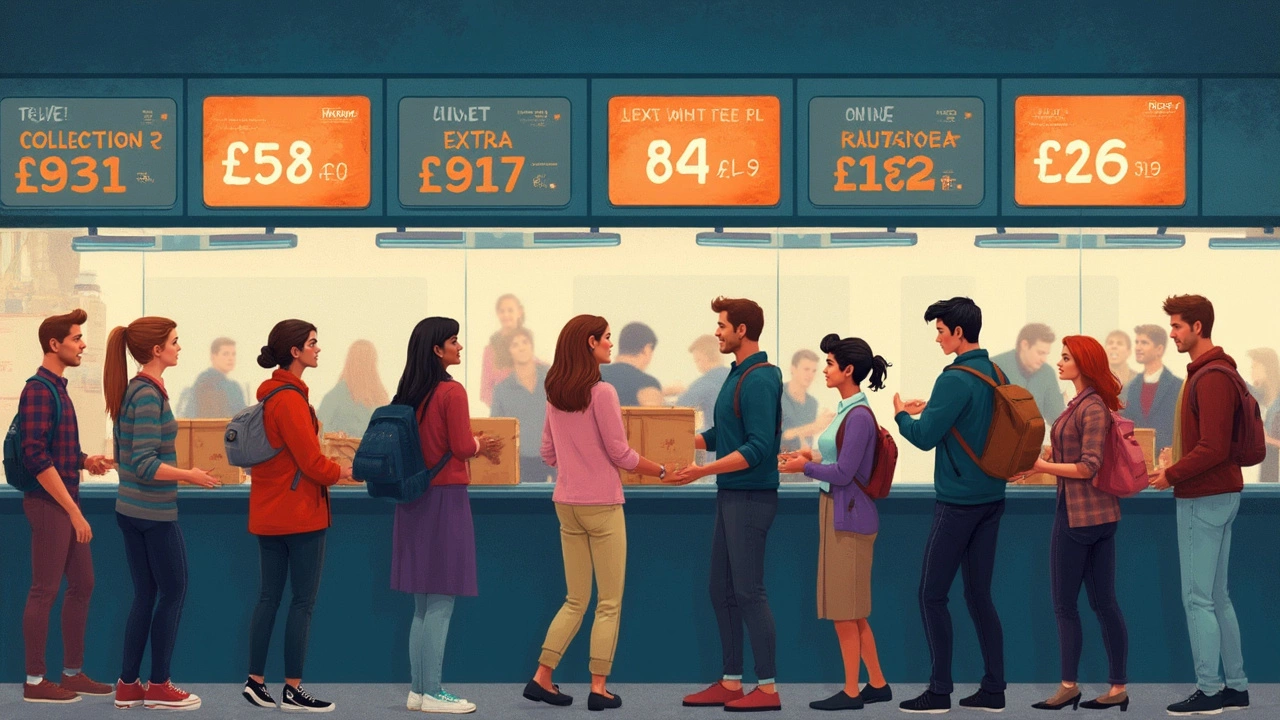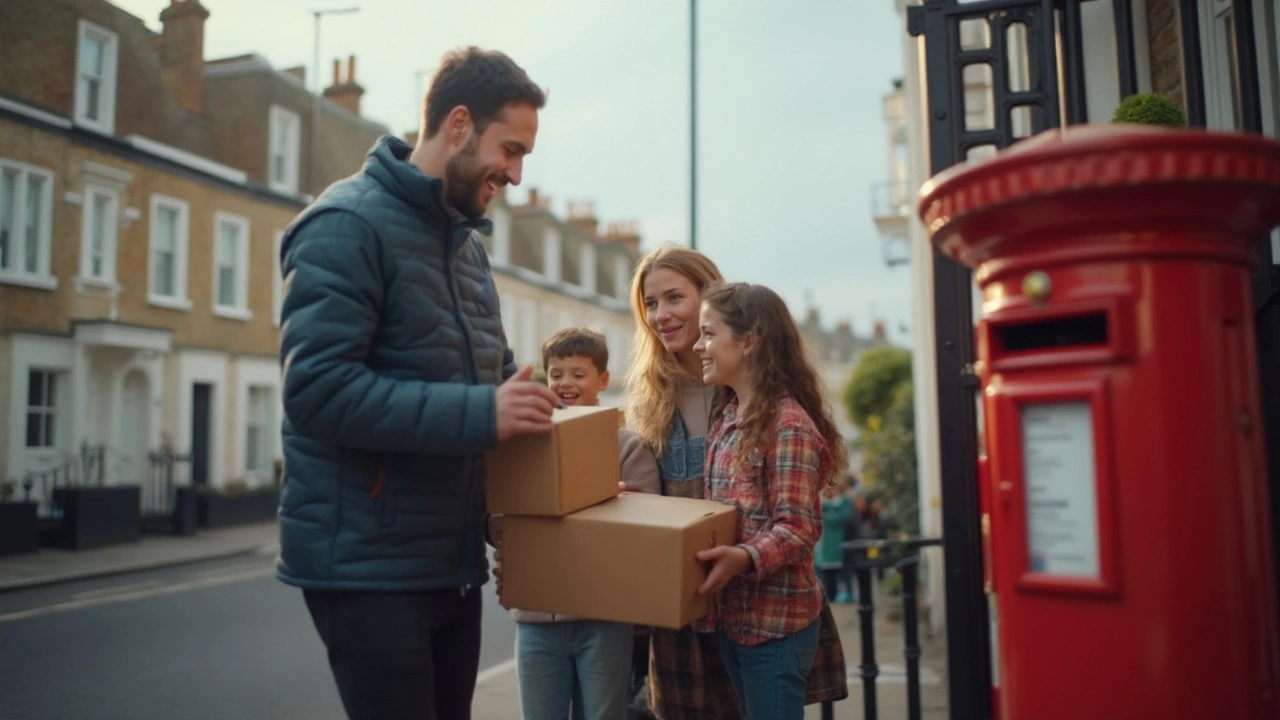Ever booked a parcel pick-up, clicked 'submit,' and then got hit with way more fees than you expected? You're not imagining things. Courier collection isn't just about the advertised sticker price—hidden extras sneak in, and rates jump wildly depending where you live or when you need your package gone. I've had Marcus run around town once to dodge a $20 surcharge for a Saturday pickup (spoiler: he grumbled the whole time). If you want the real story on what it costs to have a parcel collected in 2025—so you can budget smart, avoid nasty surprises, and maybe even save a few bucks—read on.
What Drives Parcel Collection Fees?
Costs for having a courier or shipping company collect your parcel pivot on a handful of core factors. First up, location. If you live somewhere bustling like downtown Auckland, competition between couriers keeps things surprisingly affordable. By contrast, if you're tucked away in rural parts of New Zealand—places where I’d envy your backyard views but not your delivery options—expect to pay a 'rural fee.' Some courier companies label this an 'out of zone' or 'pickup from remote area' charge, often adding $8 to $15 to the final sum. National surveys in 2024 reported 35% of Kiwis paying a rural surcharge at least once that year.
The weight and size of your parcel make another big difference. Anything over 2 kg shoots you from the economy bracket to 'heavy parcel' territory. A box under 2 kg usually costs around $7 to $13 to collect (urban areas), but once you’re over, the price stretches to $18 or more. And it's not just the number on the scales—dimensions count too. Oversized items may fetch an extra $10 to $30, especially if you’re using same-day or express services.
Pickup timing also matters. Monday to Friday, 9 to 5? No problem. But try a Saturday, public holiday, or request a pickup within a two-hour window, and surcharges creep in. For example, mainline couriers like NZ Post or Aramex charge up to $25 for urgent or same-day pickups, especially outside business hours. Those with ultra-precise schedules (think: "collect at 3 PM sharp or my neighbour's goat will attack!") will find their wallets lighter.
Insurance is an easy extra to overlook. Anything over $250 in value usually needs it—and it could run you another $3 to $10 depending on cover level. Finally, watch for 'failed collection' penalties. If you mistype your address or aren’t home, you’ll be billed a second trip, typically $10 to $20. In short, don’t assume what you see is what you’ll pay—the fine print is where the hidden costs live.
Breakdown of Typical Parcel Pickup Services
Let’s get specific. In mid-2025, Auckland’s leading couriers maintain the following baseline prices for residential parcel collection within urban areas:
| Courier | Standard Collection (Urban) | Rural Surcharge | Heavy/Oversize Fee | Same-Day/Early Pickup |
|---|---|---|---|---|
| NZ Post | $11 | $9 | $14 | $20 |
| Aramex (Fastway) | $10 | $8 | $12 | $23 |
| CourierPost | $13 | $10 | $16 | $25 |
| GoSweetSpot | $12 | $10 | $17 | $22 |
A quick glance and you can see: rural customers get stung hardest, but even standard pickups are rarely ever just a flat price. Going off-grid with an unusually-shaped parcel (an awkward lamp, for instance, or my sister’s garden gnome collection) almost guarantees you’ll pay for the privilege of collection.
Businesses often get somewhat better rates, especially if they're sending dozens of parcels weekly—they negotiate volume discounts with their courier. If you’re just sending a birthday present once every few months, you’ll pay the full sticker price. And don’t forget, the listed rates above never include GST (value-added tax), which will tack on 15% for New Zealand senders.
Still, prices alone don’t always tell the whole story. Each service brings unique perks—and little pitfalls. NZ Post lets you book a pickup online and provides real-time tracking, so there’s far less “Where the heck is my parcel?!” panic. Aramex is known for reliability but can be slower for rural spots. Up-and-comers like GoSweetSpot let you compare rates between courier networks, sometimes shaving off a few dollars for light parcels. As ever, the cheapest price isn’t always the best option if you care about insurance, tracking, or customer service when things go sideways (and trust me, at some point, everyone loses a parcel).

How to Save on Collection Costs
No one likes paying extra, so let me share the collection tricks I’ve learned (sometimes the hard way). Tip one sounds boring but works: always compare several courier sites. Don't just stick to the big names. Aggregator platforms like GoSweetSpot or Sendle let you check a handful of couriers with one click and filter by price, insurance, and speed. I saved $15 last Christmas using an aggregator—enough to justify splurging on fancy wrapping paper.
Packaging matters more than most people think. Measure the length, width, and height—and enter the numbers accurately. Rounding up your dimensions might feel safe, but you’ll often end up paying for unwanted "oversize" rates. Use a soft measuring tape and double-check with a ruler, especially if sending something weird-shaped. Some couriers even have packaging guidelines online; stick to them because breaking size rules triggers 'manual handling' surcharges ($5 to $12) 9 times out of 10.
Another way to cut costs? Opt for a drop-off if you can. This does mean leaving the house, but many couriers (especially in cities) have dozens of drop-off points and lockers. Drop-off rates are usually $2 to $6 cheaper than home collection. If you’re sending lots of parcels (side hustlers, I see you), bundle your sendings together to score multi-parcel discounts. CourierPost and Aramex, for example, knock $1 to $3 off each item if you book several at once.
Be wary of add-ons. Fast shipping feels appealing, but unless there’s an urgent birthday or you’re dealing with perishables, standard collection saves significant money. Signing up for email alerts or loyalty programs also pays off—those '10% off your next booking' codes do add up, especially if you send packages regularly.
Finally, the classic but vital tip: double-check your address and pickup details. Every year, thousands of failed pickups in NZ result in wasted time and money because of a missing apartment number or a mistyped street. Most courier apps offer address auto-fill based on your postcode, so use that feature if you can—one less thing to worry about.
Latest Trends and Little-Known Facts in Parcel Collection
The collection game changed a lot post-2023 when New Zealand’s e-commerce boom showed no signs of slowing. Industry data showed a 21% spike in residential parcel pickups in the past year alone, as more people embraced online market trading or started side hustles (or, like me, just kept Amazon and Trademe hopping thanks to late-night shopping sprees).
Eco-conscious choices are on the rise. Several couriers—in Auckland especially—now offer 'green pickup' options where they batch pickups by neighbourhood to cut carbon emissions and save costs. While sometimes a tad slower, green pickups can reduce the fee by up to $4-6 and come with a smug little badge in your email confirmation (I chatted with a neighbour who does this; she likes the warm fuzzies and the savings).
Tech also makes your life easier. Text tracking, real-time ETA updates, and even video-call parcel handovers are being piloted by innovators like NZ Post and GoSweetSpot. Last week, for example, when a sender called to say they'd left my delivery next to the hedge—complete with a snap for proof—I didn’t have to stress about porch pirates or whether I'd missed them entirely. Plus, I see more flexible billing: pay-later options, bundled insurance, and even group discounts if you ship with friends or family (worth considering if you and your sister both run small shops).
Here's a fun bit: the most expensive New Zealand parcel pickup in 2024—at least one that got media attention—was a $120 pickup/collection from Stewart Island to Auckland. What made it wild? The package was a custom-made surfboard, and the total fee included ferry transfer, rural surcharge, and a handling premium for 'unusual length.' That beats any pizza delivery surcharge, hands down!
Finally, don't forget that the demand curve means prices always nudge up before holidays. Easter, Christmas, and end-of-year school breakups trigger 'peak period' surcharges. Planning ahead—even by a week—can curl that bill back down to normal levels.
So next time you’re about to send off a parcel, check those fine details. Ask about surcharges, see if a green or off-peak pickup fits your timeline, and watch for those sneaky little add-ons. When things line up just right, you’ll pay a fair price (not a budget-busting surprise) and get your package where it needs to go—no stressed-out phone calls needed.





